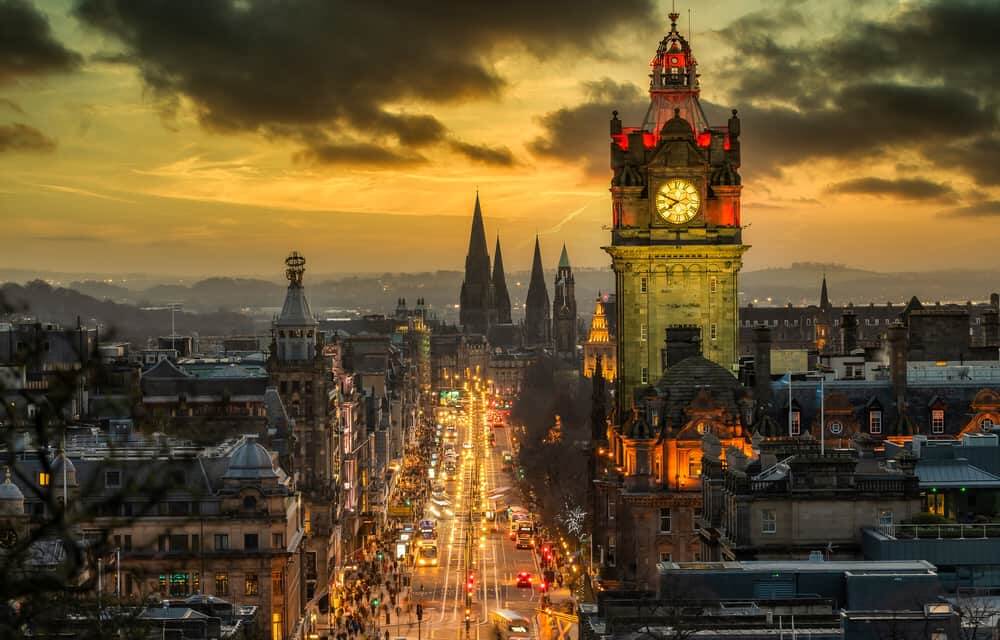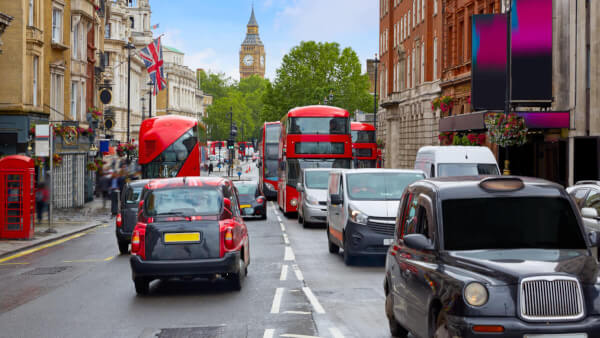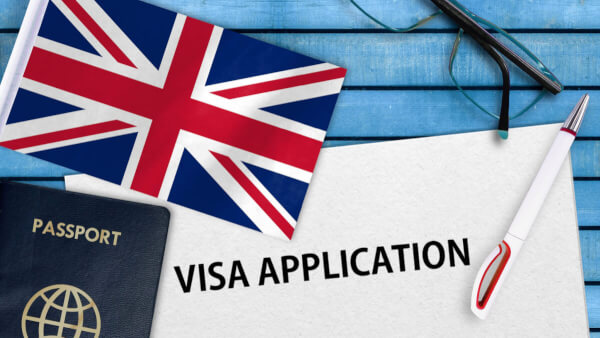Using Amex in the UK: What you need to know
Read our essential guide to using Amex in the UK, including which brands and retailers accept it, fees, cash withdrawals and much more.

If you’re visiting Scotland in November, you might find it useful to know about St Andrew’s Day. This is a national holiday celebrated in Scotland, but what’s it all about?
Read on to find out more about St Andrew’s Day, including when it is and how it’s traditionally celebrated by the Scots. We’ll look at who St Andrew was, and a little about the history of this annual holiday.
So, let’s get started.
St Andrew’s Day is a national holiday held in Scotland every year in honour of the country’s patron saint.
Each of the four nations in the United Kingdom have their own patron saint. In England it’s St George, in Wales it’s St David and in Ireland it’s St Patrick.
Not a lot is known about who St Andrew really was, although it was believed he was born between 5 AD and 10 AD in what we now know as Israel. In Christian beliefs, he went on to become one of the 12 disciples of Jesus.
Interestingly though, it’s thought that he never actually set foot on Scottish soil. In that case, why is he the patron saint of Scotland? Again, it’s not definitively known.
One story claims St Andrew appeared in a dream to King Angus in Scotland in the 9th Century, promising him victory on the battlefield. On the day of the battle, an ‘X’ symbol appeared in the sky and the Scottish army triumphed against the English.
According to this story, this is why the Scottish flag features the prominent X-shaped cross.
St Andrew’s Day is held on 30th November every year. Although of course, it falls on a different day of the week each year. Here are the next few occurrences:
| Year | Day of the week |
|---|---|
| 2023 | Thursday 30th November 2023 |
| 2024 | Saturday 30th November 2024 |
| 2025 | Sunday 30th November 2025 |
| 2026 | Monday 30th November 2026 |
| 2027 | Tuesday 30th November 2027 |
Yes, St Andrew’s Day is a public bank holiday in Scotland.
However, it hasn't always been the case. Only as recently as 2006, the Scottish Parliament made the day a bank holiday. Despite this, banks aren’t required to close and employers aren’t required by law to give their workers a holiday on this day.²
In Scotland, St Andrew’s Day is a day of parties, dancing, games, food, drink and celebration. If you’re visiting the country during this time, you can expect to see the very best of Scottish culture showcased. This includes ceilidh (pronounced "kay-lee") dancing, which is a kind of lively Scottish country dancing.
Traditional food is often eaten, such as cullen skink (a type of fish soup), lamb, haggis, neeps (turnips) and tatties (mashed potato). Other foods you might see on a St Andrew’s Day table include porridge, black pudding and clootie dumpling and custard - a traditional Scottish dessert.
You might see people dressed in blue clothes and kilts, while some particularly enthusiastic revellers paint their faces with the colours of the Scottish flag.
Every year, many events are held across the country to mark St Andrew’s Day. This includes festivals, parties and live music - often involving ceilidh dancing and traditional fiddle bands.
In Glasgow, there’s an annual St Andrew’s Day Torchlight parade, including entertainment from street theatre and fire performers. The Isle of Skye holds its own festival, the SEALL Festival of Small Halls. And in Edinburgh, St Andrew’s Day kickstarts the festive season, with the opening of the Christmas Markets.
Other notable festivals falling on St Andrew’s Day include the Caledonia Festival, the Saltaire Festival and the Oban Winter Festival.
And that’s pretty much it - everything you need to know about St Andrew’s Day. We’ve looked at the origins of the national holiday, when it is and how it’s traditionally celebrated in Scotland.
If you’re visiting Scotland on St Andrew’s Day, you’re in for a fun and culturally enriching experience.
Just don’t forget to take your Wise card with you on your Scottish adventure, so you can spend in GBP on a delicious meal, dram of whisky or perhaps even a splurge on the Edinburgh Christmas Markets.
The Wise card can be used in 175 countries, and automatically converts your money to the local currency at the mid-market exchange rate. There’s only a small conversion fee, or it’s free if you already have the currency in your Wise account.
Please see the Terms of Use for your region or visit Wise fees & pricing for the most up-to-date information on pricing and fees.
Sources used:
Sources last checked on date: 07-Apr-2023
*Please see terms of use and product availability for your region or visit Wise fees and pricing for the most up to date pricing and fee information.
This publication is provided for general information purposes and does not constitute legal, tax or other professional advice from Wise Payments Limited or its subsidiaries and its affiliates, and it is not intended as a substitute for obtaining advice from a financial advisor or any other professional.
We make no representations, warranties or guarantees, whether expressed or implied, that the content in the publication is accurate, complete or up to date.

Read our essential guide to using Amex in the UK, including which brands and retailers accept it, fees, cash withdrawals and much more.

Travelling to the UK? Read our guide to the new ETA UK visa, including who needs it, how to apply, fees and UK ETA requirements.

Essential read for foreigners driving in the UK with a full breakdown of requirements, driving rules and documentation – be prepared for your next trip.

A guide writing an invitation letter for the UK visa, covering everything you need to know.

London is renowned for its vibrant LGBTQIA+ scene, offering a diverse range of events, bars, and clubs that cater to all identities and expressions. The city...

A Brick Lane area guide, covering the top things to see and do in this popular London destination.